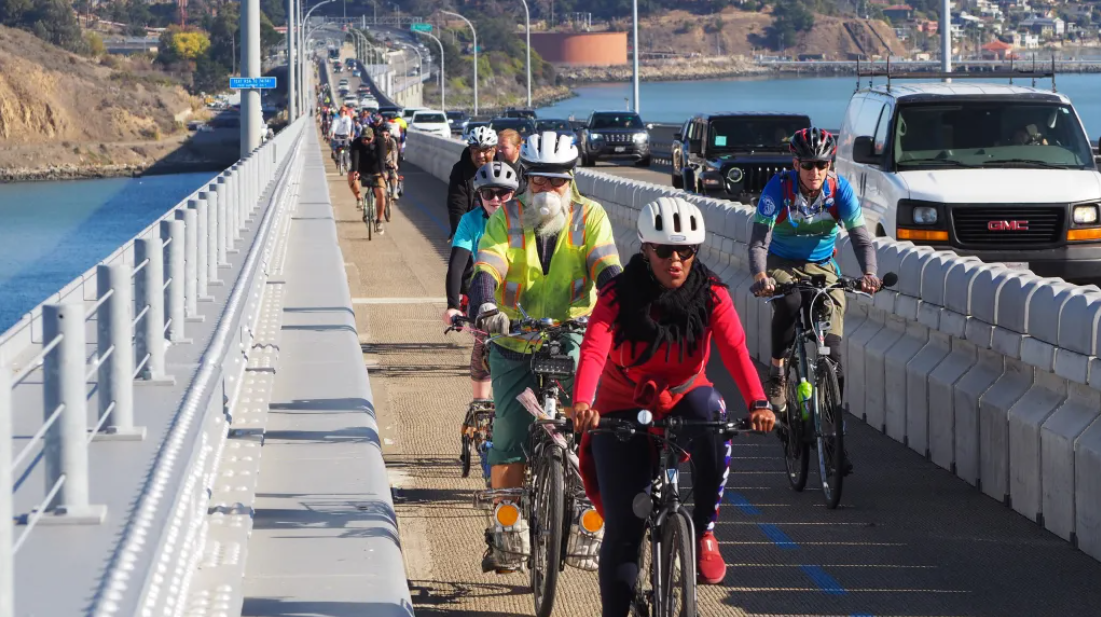Fifty years ago, when the rest of the country was building highways, the District of Columbia and Arlington County invested heavily in transit — and it paid huge dividends.
The economic development and tax base that sprung up along the spine of the subway system revived the declining first-ring suburb and gave new life to downtown DC. But the evolution of the model system included some significant missteps.
At Rail~Volution on Monday, Harriet Tregoning, director of DC’s Office of Planning, and Christopher Zimmerman, chairman of the Arlington County Board, explained some notable mistakes their cities made along the way.
Here are some of the top lessons learned:
- Don’t build above ground: “In the short term, under-grounding can be very expensive, but in the long term it saves a lot of money,” Zimmerman said. The development that occurs above the station easily pays for the tunnel, and there’s significant savings on maintenance when rails are protected from the elements. But perhaps more important, there’s little difference between a transit line and an Interstate when it comes to fracturing the fabric of the urban environment. “A railroad takes up a lot of space and creates a barrier — something you can’t get across, like a highway,” he said.
- Don’t do transit without housing: The lifeblood of any TOD includes not just retail and office space, but housing, too. One of the most heavily utilized Metro stations in the DC system is Gallery Place, a downtown stop that just 10 years ago was a ghost town. Bringing it back to life wasn’t just about breathing new business into the area. It was about creating an environment that boosted downtown from 1,000 residents to more than 10,000. “Retail doesn’t survive on the 9 to 5 and it creates a safety issue,” Tregoning said. “It doesn’t work to not mix the jobs and housing.”
- Don’t ignore pedestrians: Transit agencies spend plenty of time making sure their facilities are inviting, but what happens when riders exit the station? “In many, many parts of our city, we didn’t just ignore the pedestrian; we punished the pedestrian,” Tregoning said, showing an image of a man walking a concrete tightrope in a median outside L’Enfant Plaza Metro. “In many ways planning for pedestrians should predate the planning for the transit system. If you ignore the pedestrian, you don’t get the ridership. You don’t get the impact.”





